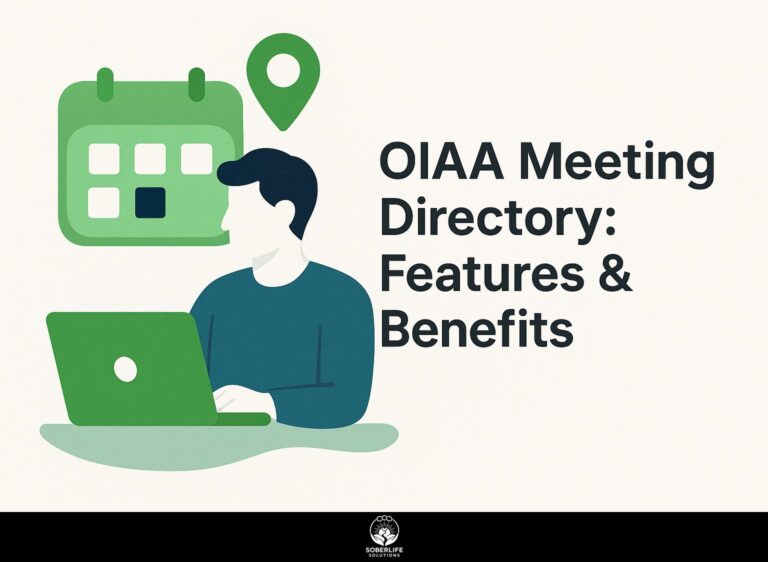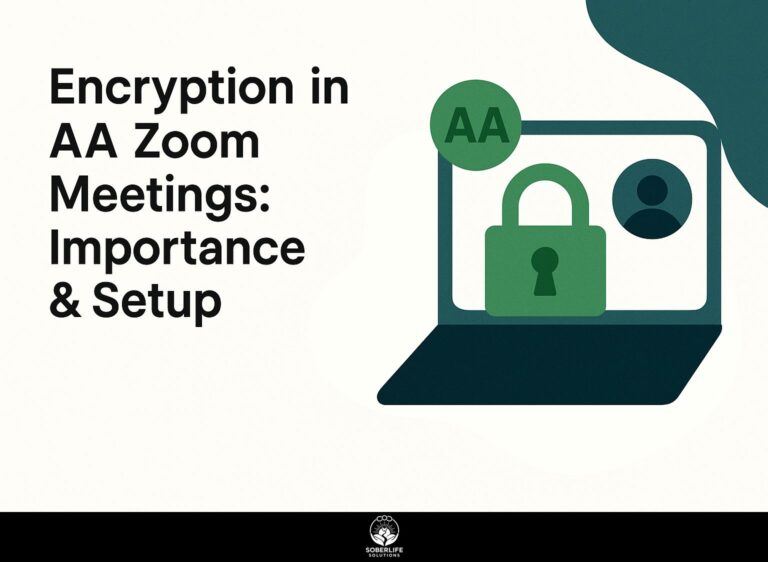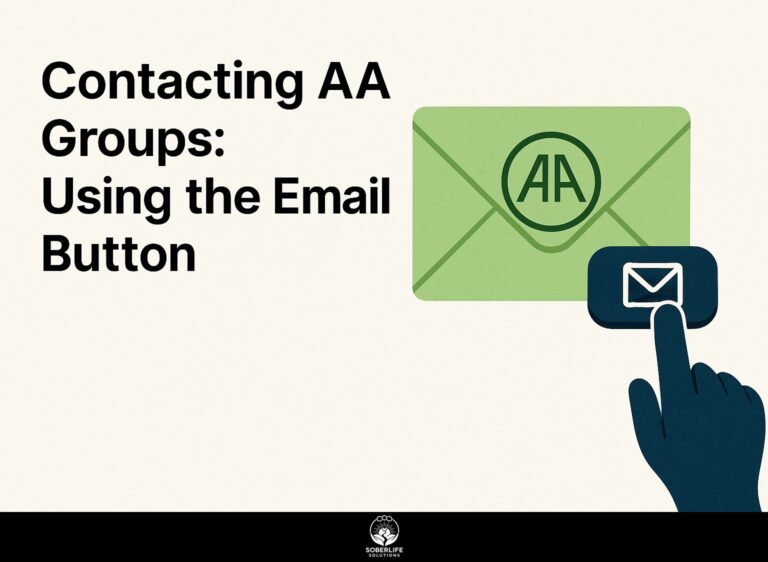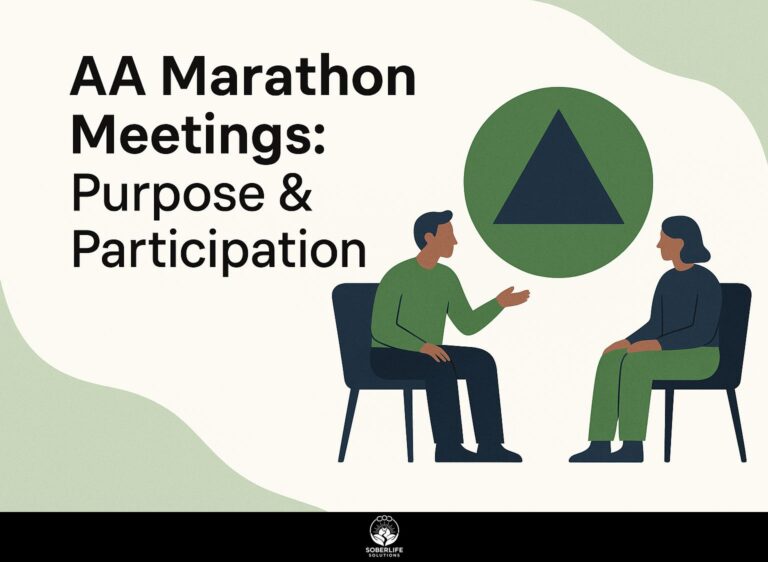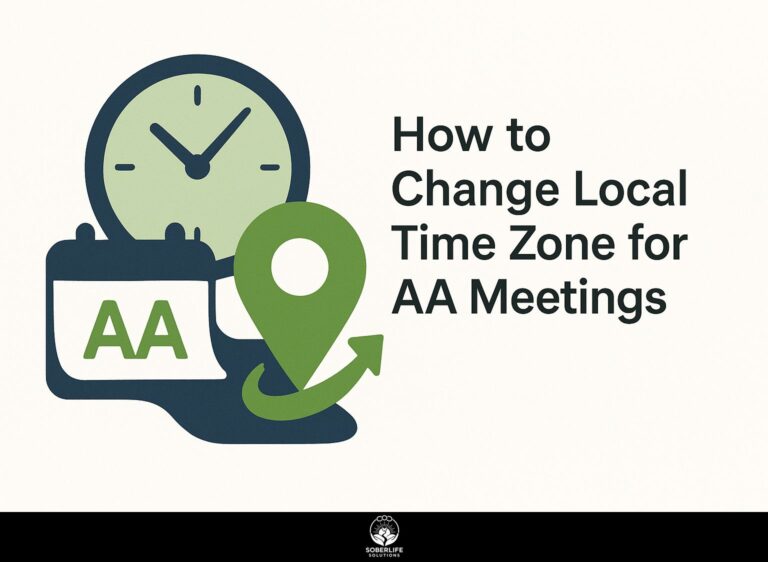Sample Online Meeting Agenda: Structure & Tips
Introduction
Struggling to run a productive virtual meeting? A clear meeting agenda helps you run effective meetings. This guide shows how to plan your online meeting agenda for better results. It includes useful advice and examples of using tools like Krisp’s AI to improve sound quality. Learn to turn messy calls into clear, productive meetings.
Key Takeaways:
Pre-Meeting Preparation
Before you begin a Zoom meeting, use Asana to assign roles, set up a shared Google Doc template, and check breakout room settings for participants in three time zones.
Define Clear Objectives
Use a one-page roadmap in Asana to list three SMART objectives-for example, increase Q4 sales leads by 15 %-and attach the related KPIs (conversion rate, CAC) before the meeting.
Then, follow this 5-step process:
- Draft objectives in a shared Google Doc,
- Align each with specific KPIs like lead conversion rate,
- Secure stakeholder sign-off via email or Slack,
- Embed finalized goals into your meeting agenda template,
- Circulate the agenda 24 hours prior.
This typically takes 10 minutes and prevents the common pitfall of vague goals that lack measurable outcomes.
Select Attendees & Roles
Assign a facilitator, a time-keeper, and a note-taker in Asana; for a Level 10 meeting, use Robert’s Rules of Order to define who speaks when.
Next, map agenda items to owners in Asana, set Zoom permissions (host for facilitator, co-host for time-keeper), and share role briefings via Slack.
Confirm availability across time zones using World Time Buddy.
During the meeting, watch for non-verbal cues like muted participants raising hands in Zoom to make sure everyone can take part.
Agenda Structure
A three-column agenda template on Google Slides-time, topic, owner-helps prioritize discussion topics and keep each segment within its allotted slot.
Review of Objectives
During the 5-minute review, display a live KPI dashboard from Power BI that shows whether Q3 milestones (10 % revenue growth) were met.
- First, pull the latest metrics directly from Power BI to avoid reading stale data.
- Next, compare these figures against the Q3 targets, focusing on revenue growth percentage.
- Then, highlight key lessons learned-for example, whether marketing campaigns drove the expected uplift.
- Record this point in the meeting notes so we can refer to it later.
This method gives correct, useful results quickly.
Discussion Topics
Allocate three 10-minute slots for discussion topics-product roadmap, customer feedback, and risk mitigation-using the Daily Scrum format to keep each conversation tight.
For each topic, follow these steps:
- Pre-vote subtopics via Slido to focus discussion
- Use a Miro whiteboard for real-time idea capture
- Choose someone to keep track of time and make sure each person speaks for no more than 2 minutes.
- Log objections in a dedicated ‘Risks/Challenges’ column
- Assign action owners before moving to the next slot
This structure makes sure all three topics finish in 30 minutes with clear results.
Action Items & Next Steps
End with a 3-minute summary that records all tasks in Asana, notes deadlines, and assigns people-for example, John (lead) will complete the UI mockup by Sept 22.
Start by reading each action aloud to confirm clarity.
- Immediately create the corresponding Asana task, specifying the exact deliverable (avoid vague verbs like ‘review’-use ‘approve final mockup’).
- Set a clear due date and priority level.
- Assign the owner and request acknowledgment via comment.
- Use Zapier to auto-email the meeting minutes with all tasks listed.
This entire process should take 3 minutes if prepared with pre-made Asana templates.
Tips for Success
Research shows that inserting a 5-minute break every 45 minutes cuts meeting fatigue by 40 % and improves participant recall.
Time Management
Use a shared Google Calendar with color-coded blocks (green = discussion, red = Q&A) and enable Krisp’s AI-powered noise cancellation to keep each segment on track.
Set specific time limits for each block (for example, 30 minutes for green discussion blocks, 15 minutes for red Q&A blocks) and use Google Calendar’s notification system to send automatic 5-minute warnings before each transition.
This visual-time system combined with Krisp’s background noise removal typically cuts meeting overruns by 20% while keeping participants focused and transitions seamless.
Engagement Techniques
Activate Zoom breakout rooms for 2-person pair-shares, and use AI-driven polls from Mentimeter to surface real-time sentiment while Krisp filters background noise.
After 5-minute discussions, have pairs post key takeaways in chat.
Use Mentimeter’s AI-generated word clouds to show frequent themes from responses, then do a quick non-verbal reaction check-in.
This method usually gets 70 % of people to take part. It keeps attention and makes thinking easier by using organized, technology-supported activities.
Frequently Asked Questions
What is a Sample Online Meeting Agenda: Structure & Tips?
A Sample Online Meeting Agenda: Structure & Tips is a ready-to-use template or guide. It shows the key parts and good methods for planning and running a useful virtual meeting. It gives a straightforward plan and practical advice to help people focus, participate, and finish work, so online meetings get things done well.
Why is using a Sample Online Meeting Agenda: Structure & Tips important for virtual meetings?
Using a Sample Online Meeting Agenda: Structure & Tips is important because virtual meetings don’t have the same visual and social signals as face-to-face meetings. A well-structured agenda sets clear expectations, keeps the discussion on track, respects participants’ time, and explicitly outlines the technology and materials needed beforehand. This preparation significantly reduces confusion and increases the meeting’s overall effectiveness.
What are the key structural elements to include in a Sample Online Meeting Agenda?
The main parts of a good online meeting agenda are: meeting title and date, who will attend, the main goal, specific topics with assigned people and time limits, the meeting platform and link, materials to review beforehand, and what should be decided or done next by the end.
What are some essential tips from a Sample Online Meeting Agenda guide?
Essential tips from a typical Sample Online Meeting Agenda: Structure & Tips guide include: distributing the agenda at least 24 hours in advance, designating a facilitator and a note-taker, allocating specific times for each agenda item to maintain pace, planning for short breaks in longer meetings, and explicitly stating whether the camera should be on to encourage engagement.
How can a Sample Online Meeting Agenda: Structure & Tips improve participant engagement?
A Sample Online Meeting Agenda: Structure & Tips improves engagement by providing clarity and purpose. When participants know what will be discussed, for how long, and what their role is, they can come prepared. Assigning topic owners makes it clear who is responsible, and setting aside time for questions or comments lets everyone contribute. This helps meetings work better together.
Where can I find a reliable Sample Online Meeting Agenda: Structure & Tips template?
You can find reliable Sample Online Meeting Agenda: Structure & Tips templates from reputable business resource websites, productivity blogs, and software platforms that specialize in project management and virtual collaboration tools like Microsoft Teams, Zoom, or Asana. These templates are often customizable to fit the specific needs of your team and meeting type.

